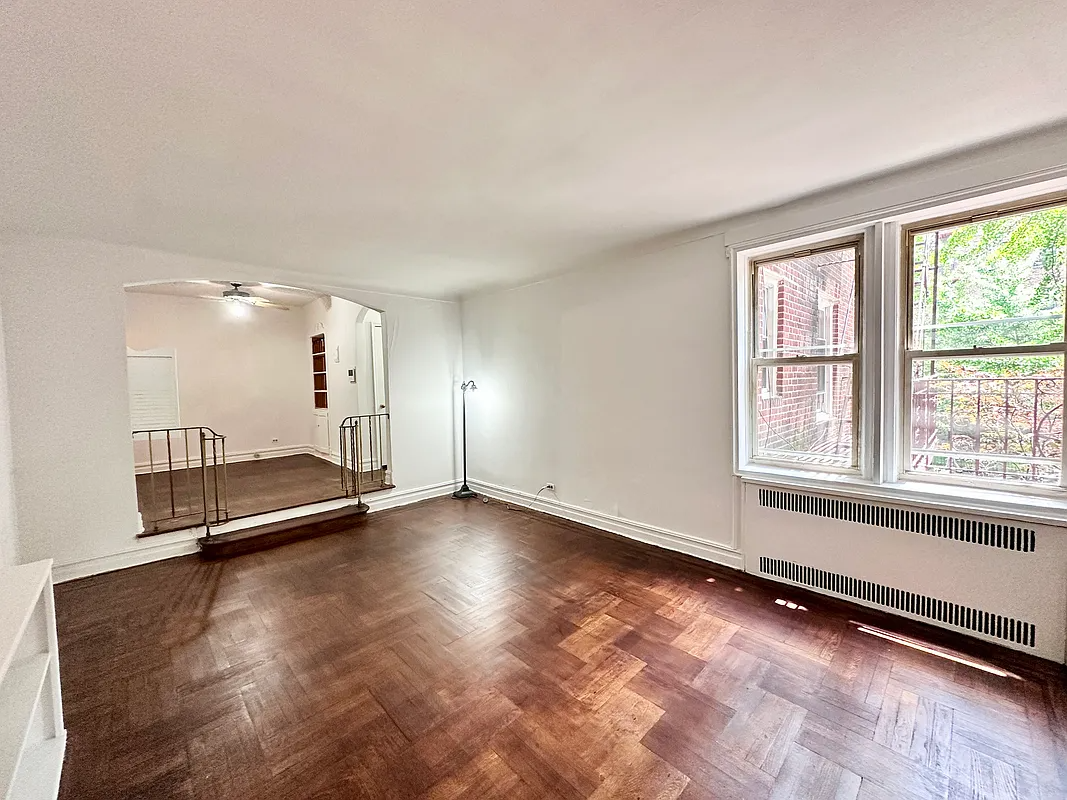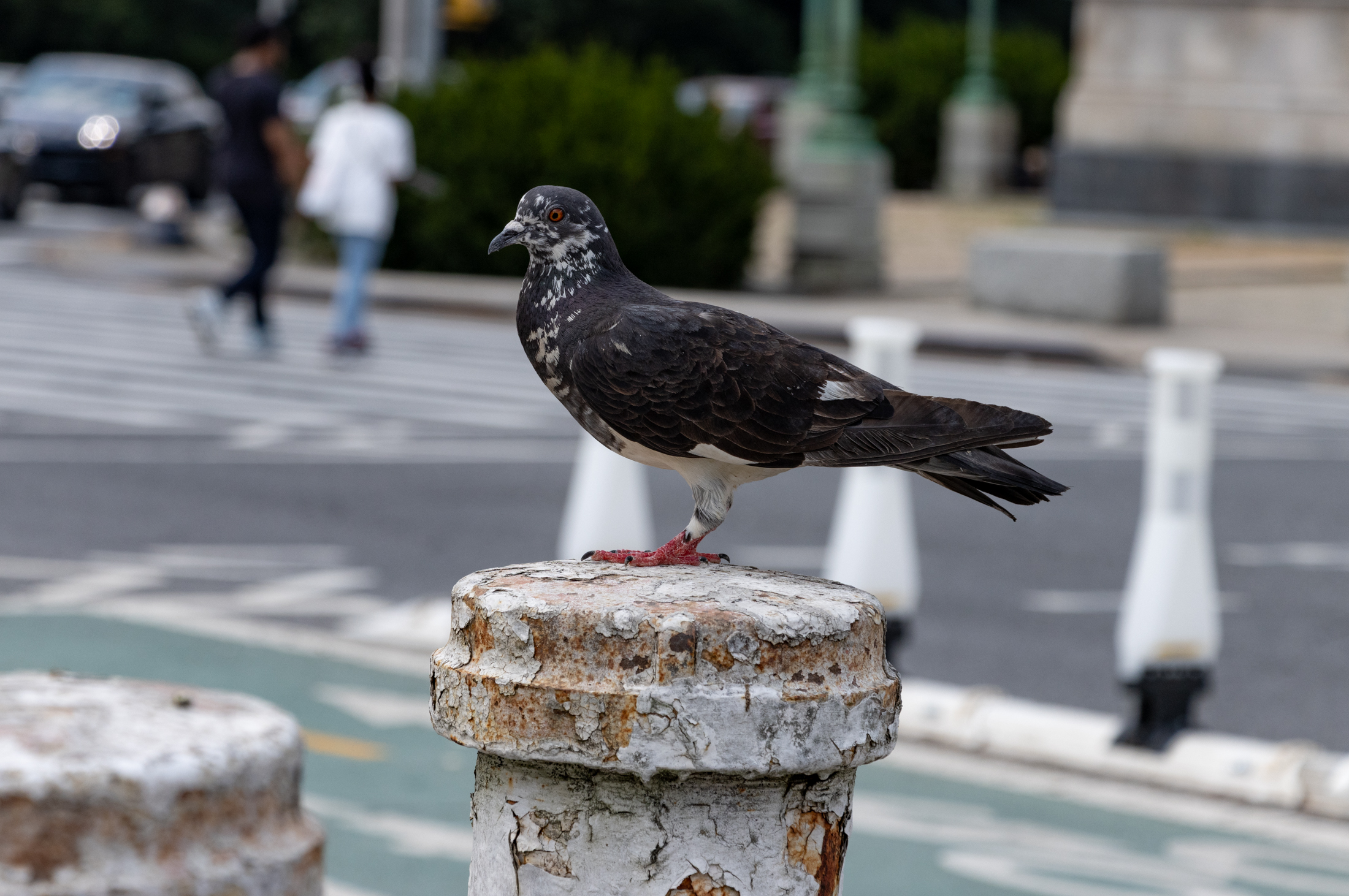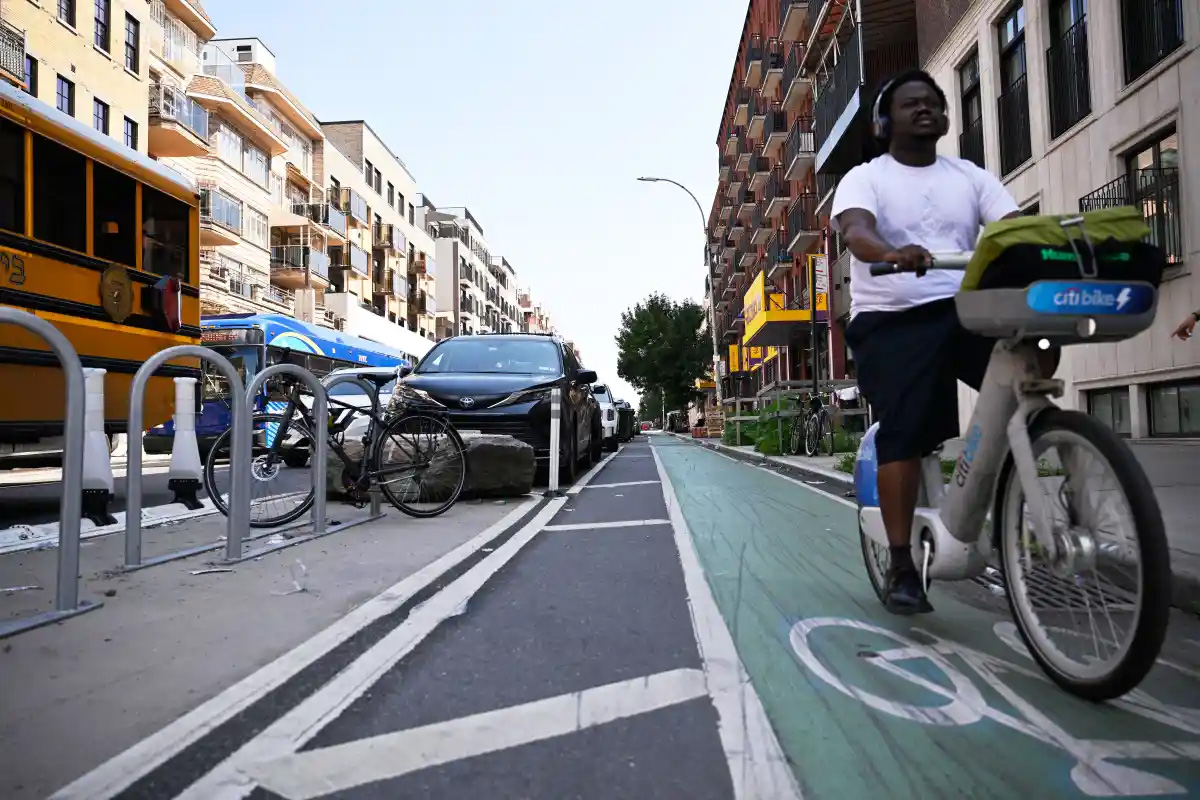Walkabout: June 18, 1910, When the Winds Came Howling Down
We’ve had some extreme weather here in our city. We just marked the first anniversary of Super Storm Sandy, the effects of which have yet to be completely repaired. There are still too many people in area who suffered through the storm who have yet to see the kind of help they need. In the…


We’ve had some extreme weather here in our city. We just marked the first anniversary of Super Storm Sandy, the effects of which have yet to be completely repaired. There are still too many people in area who suffered through the storm who have yet to see the kind of help they need. In the past few years, we’ve seen tornadoes, hurricanes, mild earthquakes and torrential downpours that have flooded the city and made its many tunnels into underground rivers. We’ve suffered through heat waves that have melted asphalt, and killed the weak and unprotected.
Weather, which used to be a news throwaway, has become the lead story all too often these days. Not long ago, the television weather segment used to be humorous, with cute press-on icons for rain and sunshine, often delivered by a cute weather girl. She told us if it was going to be hot, or if we should bring an umbrella to work. Now, weather is serious business, with Doppler radar screens and visuals worthy of a battlefield briefing. They are delivered by meteorologists with advanced degrees, who warn us of global weather patterns. We don’t mess around with predicting the movements of nature anymore.
Extreme weather has happened before television and You Tube, of course. Every once in a while, the right conditions occur in the atmosphere and disaster strikes without much warning. Back before all the Doppler and satellite coverage, the effects of such weather disasters was even more serious, as there was often no advance notice, and no chance to hunker down. Such an event happened in June of 1910, as Mother Nature swept through our area with a vengeance.
June 18th, 1910 was supposed to be a great day. It was a Saturday, the sun was shining, and various activities were taking place all over the city. There were many at work across the city, while children played in the streets and parks, and adults took advantage of the nice day to do outdoor chores or just take a walk. Rumbling below many of them were the new subway lines, while el trains roared overhead and trolleys traveled the tracks on city streets.
But everything would change in an instant. Around three in the afternoon, the temperature suddenly dropped from 82 to 62 degrees in a matter of minutes. The sky suddenly grew dark, and the wind picked up. A summer breeze soon turned into a gale force wind, as the wind speed went from 10 miles an hour to 60 miles an hour, also within minutes. Between 3 and 3:30, it got so dark that the street lights came on, triggered by the darkness.
Suddenly the sky opened up and a torrential rain poured down on the city, accompanied by fierce lightning and that wind. It seemed as if the world was being destroyed, as loose objects became missiles, and the winds blew down trees and tore the steeples off churches. Lightning struck like the hand of a vengeful god, while water flooded streets and drains. Five minutes later, it was gone. The rain became a trickle, and then stopped, the winds stopped howling and the sky cleared and the sun came back out. It was over. But the devastation was only beginning.
Throughout the city, 16 people were confirmed dead, with more missing. In Brooklyn, the storm wreaked havoc everywhere. 52 year old Frank Ross was cleaning out his neighbor’s backyard in Williamsburg when the storm swept through the city. A tree in the backyard was torn from its roots and fell over and crushed his back, killing him instantly. At the same time, seven year old John Dick was playing in front of his house on Wyckoff Street in Carroll Gardens. A huge plate glass window came hurtling out of the sky, blown out of a house across the street. It fell right in front of him, missing the boy by inches. He ran screaming into his house, collapsed and died. The doctors said he had a frail heart, and was literally frightened to death.
In the Bedford neighborhood, two horses hitched to a wagon driven by a deliveryman were struck by lightning and electrocuted. The man driving the wagon was unhurt. Over in Coney Island a frightened crowd of people had taken cover under the roof of the ballroom at Luna Park. The flagpole of the ballroom was struck by lightning, setting it on fire. People started to panic, but were calmed by several policemen who were also taking shelter under the roof. The rain put the fire out, and no one was hurt.
In Sheepshead Bay, at the racetrack, the horses were just getting ready to line up for the next race when the storm struck. In the space of minutes, it became so dark that people in the stands were unable to see each other. Then the rains came. As horses and jockeys ran for cover, and even the die-hard trackmen raced for the shelter of the grandstand, the lightning struck. The people who had come to watch the annual Daisy Stakes saw nature at its most frightening.
Out of the darkness, a ball of lightning came out of the sky and hit the tall wooden pole in the center of the track from which hung the names of the winners. Witnesses said the pole exploded, sending sharp splinters of wood everywhere. The ball of lightning ran up and down the pole, shooting off bolts that arced towards the stands, and then jumped from the pole and bounced around the field, gouging deep furrows into the grass before dissipating.
By the time the wind reached the East New York area, it was clocked at 100 miles an hour. Trees were torn from the ground and scattered around, and people were literally lifted in the air. A mother and daughter were picked up and dropped down ten feet away, more frightened than hurt. The Brooklyn Eagle noted that women’s hats suffered the worst, being torn from their hatpins out of hair, while people were knocked over by the force of the storm. A baby was lifted from a mother’s arms, but rescued by a passer-by who caught the child. Manhattan Crossing, the open air depot for the LIRR, was ripped to shreds.
In nearby Ridgewood, lightning struck the chimney of the J. George Grauer Brewery, killing a stableman who was running for shelter. He was knocked unconscious by a brick, and as he collapsed to the ground, the entire chimney fell on top of him. The lightning bolt was seen travelling down the length of the chimney, as if in slow motion. As the chimney fell, the bolt continued into the engine room of the ice plant of the brewery, where it danced around the metal machinery, causing thousands of dollars of damage. The pipes which carried ammonia to the ice making machines were twisted like pretzels, and much of the rest of the machinery was damaged. The plant would be out of operation for weeks, perhaps months.
So much water fell in such a short amount of time, that flooding was widespread. In Upper Manhattan, subway tunnels were flooded in minutes, as water ran down to the tracks from the subway entrances and sewers. Trolley cars across the city splashed through lakes and then gave up, as the water got too high. Passengers were forced to walk through the water to higher ground. Traffic everywhere was affected by the flash flooding long after the storm had passed.
Over at the Brooklyn Navy Yard, a floating crane called Hercules was moored next to the Dreadnaught Florida, which was in construction. As the winds clocked in at 60 mph, and the waves rose, the giant crane came loose from its moorings. Two Navy Yard tugs were dispatched to secure the barge, but they couldn’t, it was too heavy and unwieldy, and they risked being swamped as well. The crane drifted a good distance and then crashed into a pier. The steel derrick, which was capable of lifting 125 tons, twisted like a pretzel and fell on a tool house. There were four riggers and an engineer on board at the time, all of whom rode the crash out, and escaped from the deck as the barge began to sink.
Three huge steel plates, measuring seven feet in height and up to a foot thick, which were part of the armor plate for the Florida, fell off the dock and sank. Officials thought they could be salvaged. The day after the storm, the Hercules, which was the largest floating crane in the Navy Yard, lay in the water, half submerged. Had not the fallen crane been holding it on shore, the entire structure would have been underwater. Navy Yard officials estimated the damage at over $100,000.
Those on land were certainly affected by the storm, but those near or on the sea didn’t have a chance. A small fishing boat with four men aboard was seen capsized near Seagate. The watchmen on shore could see the men floundering in the water, but before they could put together a rescue, the men were gone. No trace of the boat or the men was ever found. From all parts of Coney Island, stories came in of people seeing small rowboats and pleasure crafts disappearing from sight, swamped by the waves. Rescuers went out in small craft themselves, but had to turn back or be swamped themselves. Many boaters were feared lost.
Mr. and Mrs. Gebhardt of Essex Street in Manhattan were out in a small sailboat in Jamaica Bay when the storm struck. The waves capsized their boat, throwing them both into the sea. Mr. Gebhardt was able to cling to the side of the boat, and climb on top. He saw his wife floundering some distance away, and he swam to rescue her. She was going down for the third time when he reached her, and as the weight of her heavy clothing continued to drag her under the water, she was pulled from his grasp. He never saw her alive again. Gebhardt was able to swim to shore, and his wife’s body washed ashore the next day. She never had a chance.
Not every sea story was a tragedy. Some experienced mariners saw the signs in time to take shelter. As the storm was building in the atmosphere, a group of a thousand Brooklyn Sunday School children from many different churches was on the pleasure schooner Sirius, commanded by a Captain Pierce. The group was at a small park on the Long Island shore called Valley Grove. He saw the barometer drop like a stone even before the clouds started gathering, and he called the adult supervisors together and told them to round up the kids and get then back on the boat as fast as possible. There was no shelter at the Grove.
The storm was fast approaching as the boat left the dock, and they could see lightning strike trees in the park. The waves were rising, and had they not left when they did, the schooner would have been smashed against the bulwarks of the pier, crushing it. A small brass band was on board, entertainment for the picnic, and they played as loudly as they could so the children could not hear the storm, as the craft made its way back to its Brooklyn port. They arrived after the storm had passed, with many of the children never aware of how close they came to danger. Captain Pierce was hailed as a hero.
The storm had struck that June day at around 3:30 in the afternoon. By 4:00, the sun was out, and a slight breeze was blowing. It was once again a beautiful Saturday afternoon. But the lives lost, the widespread damage done to property, trees and waterfront would affect the city for many years to come. We think we are so powerful. We are not.





What's Your Take? Leave a Comment